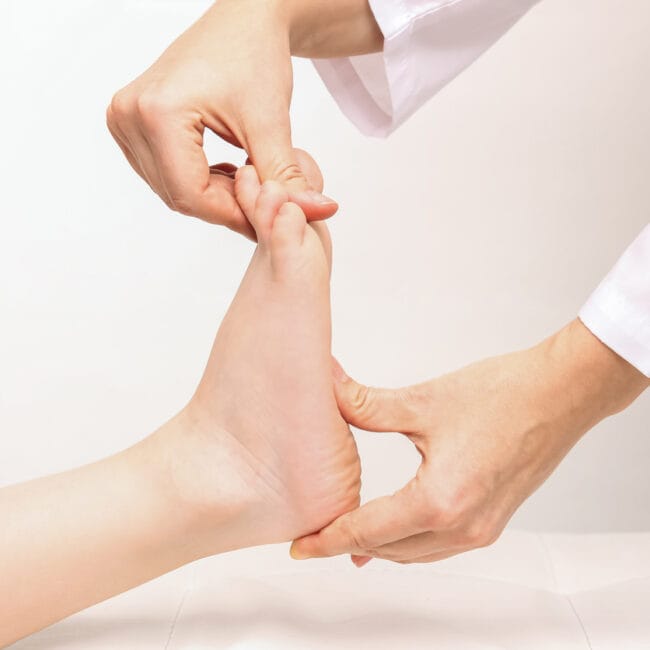As the last part of our running series, Physio Aisling is going to delve a little into the world of gait analysis, and the current thoughts on gait analysis and gait re-training in running.
What Is Gait And What Does It Involve?
Definition: walking / moving on foot.
There are 3 main parts of running gait:
Initial contact (heel or forefoot strike)
Stance phase
Terminal swing (toe off)
It does get more complicated than that, as you can see in the image below. However, I will keep it simple for the purpose of this blog!

What Is Gait Analysis?
Gait analysis is having someone look a bit more closely at the way you run. Different places might have different machines to do this, but one of the quickest and easiest ways would be to film yourself and use an app such as Hudl Technique or Coach’s Eye to be able to slow it down and analyse it a bit more.
When we do gait analysis, we tend to look from the top down, or the bottom up. It is always useful to look at someone from behind and from the side too. This means we can look at things like where your heel lands, how your pelvis moves, and what your arms are doing.
Role Of Gait Analysis
Gait analysis for running can be useful, especially if the pain you are getting is there only when running. It may help you work out where muscle fatigue is kicking in, or if the way you run is related to your specific symptoms.
It can also look at things like stride length, step rate and step width.
It is always worth noting that just because you run differently, doesn’t always mean it is the cause of your pain or problems. You will need to work with your physiotherapist to find out if the pain is related to your running gait or not.
What Is Gait Re-Training?
Gait re-training is when someone helps you to change something about the way you run, by giving you verbal or visual cues.
For example, if your knees tended to come inwards a lot, the person might be asked to focus on keeping the knees out or pointing them forwards in a line to stop this. Or, to improve your step rate, you may be asked to run to the pace of a music beat that is a little faster.
Role Of Gait Re-Training
Gait re-training is a much-debated topic at the moment. There is some evidence to say that it may help reduce some pain, especially knee pain, but there is much more research to be done, as always!
There is also not much evidence to say that gait re-training changes last very long. However, anecdotally, some clinicians find that patients do well with gait re-training and that the effects can be long lasting.
Conclusion
All the above, and my previous blogs, involve some of what I learned on the Running Repairs Course with Tom Goom. Remember this is all just the tip of the iceberg, and there is no one size fits all approach.
I have previously written about foot strike, so I didn’t mention it in this blog. If you missed it, have a read here.
I hope you all have a lovely Christmas and New Year, and remember these blogs when you decide to get running again!
References
- Noerhen et al. 2011, Willy et al. 2012, Roper et al. 2016, Dos Santos et al. 2019.
More From This Running Injury Series:


















